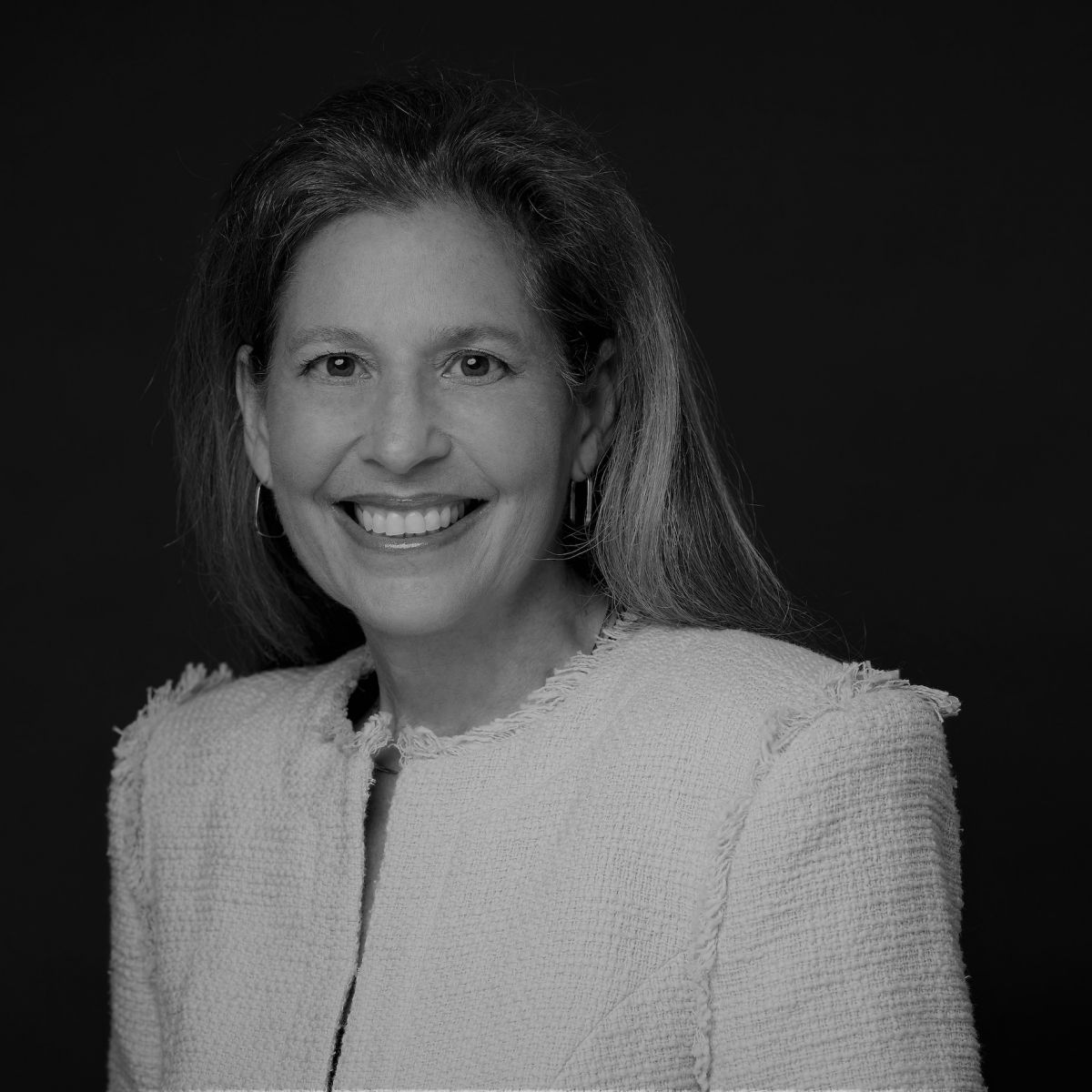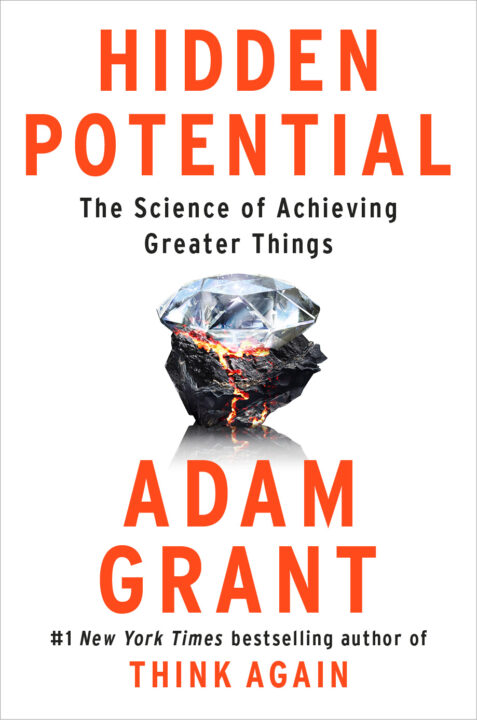Fire in the Belly: How to Find Hidden Potential in the Workforce


“Our systems for judging qualifications are flawed,” organizational psychologist Adam Grant declares in his new book, Hidden Potential: The Science of Achieving Greater Things. “In schools and workplaces, selection systems are usually designed to detect excellence. That means people who are on their way to excellence rarely make the cut.”
The good news: This is changing, and shifts in the way companies recruit and hire indicate corporate America is starting to look for people who are excellence-bound, rather than already credentialed.
Until recently, insistence that candidates have a four-year degree has confined the way we think about what people are capable of. But out of necessity in a tight labor market, companies ranging from IBM to Google have reconsidered or dropped that basic requirement. As Grant puts it: “You can’t tell where people will land from where they begin. With the right opportunity and motivation to learn, anyone can build the skills to achieve greater things,” he asserts, citing research on the relationship between initial aptitude and later outcomes.
“We’re seeing a lot of employers moving more and more into the skills-based movement, thinking about developing talent with a set of skills that have indications they can be successful on the job,” said Elyse Rosenblum, the managing director and founder of Grads of Life, an organization that works with employers to promote skills-based hiring.

Skills-based hiring, the practice of prioritizing skills and capabilities over educational background and jobs held, represents a new enthusiasm for worker potential. In that spirit, companies are making new investments in workforce development. “This is a really exciting trend that we’re seeing,” Rosenblum told From Day One, citing the kind of investments made by Delta Air Lines, which launched its apprentice program in 2022, and JPMorgan Chase, which announced this week it will commit $3.5 million to apprenticeship programs in the financial and tech sectors. Apprenticeships are often considered more risky for employers because they don’t guarantee returns right away but are long-term investments in capable professionals. “They’re looking for people with potential,” Rosenblum said.
Seeking a New Set of Standards
A growing number of companies have removed degree requirements for many jobs, but as I’ve reported, many employers still haven’t entirely worked out how to recruit without one. Some continue to favor applicants (and employees) who have degrees over those who don’t; some remove the degree requirement but replace it with arbitrary proxies; others limit the upward mobility (and therefore pay) of people without a bachelor’s by relegating them entry-level roles and internships because they assume these workers lack potential.
“It’s a mistake to judge people solely by the heights they’ve reached,” Grant writes. “By favoring applicants who have already excelled, selection systems underestimate and overlook candidates who are capable of greater things. When we confuse past performance with future potential, we miss out on people whose achievements have involved overcoming major obstacles.”
Predicting potential by past achievements is a terrible mistake, Grant argues. “In a meta-analysis of 44 studies with over 11,000 people across a wide range of jobs, prior work experience had virtually no bearing on performance,” he writes. “Even if a candidate’s past performance is relevant to the current role, this metric is designed to detect polished diamonds, not uncut gems.”
Early reports on skills-based hiring policies are promising. According to a report by workforce development organization OneTen, 77% of hiring managers who apply a skills-first approach find it twice as easy to identify qualified candidates as managers who don’t. Hiring managers also reported that skills-first made it easier to grow their talent pools with qualified and motivated talent.
How Better to Predict Success?
So, how can employers identify those uncut gems–the workers whose potential is greater than their present achievements?
Track trajectories, says Grant. The change in performance over time is more indicative of capabilities than is recent or average performance. Rather than evaluating a student’s overall grade-point average, for example, consider their performance for the duration of their schooling. Low grades across the board in freshman year can weigh down a GPA, but when that same student logs all As by graduation, that indicates promise.
Similarly, reward workers’ performance over time rather than investing only in those who ace their first performance reviews. As Grant writes, “the most meaningful form of performance is progress.”
In an organization of tens of thousands, tracking the trajectories of individual employees is now made possible by HR tech tools that monitor employee progress, skills developed over time, and even match capabilities with jobs.

Give people the opportunity to put their skills in context, says Grant, who cites the example of astronaut José Hernandez. He applied to NASA 12 times before he was accepted. At the time, NASA’s selection process was not designed to find potential, it was designed to award achievement. There was no system to learn that Hernandez grew up in a family of migrant workers and would miss months of school as his family traveled, or that Hernadez was not fluent in English until he was 12.
Instead, the application asked for education, work experience, special skills, and awards. “The form did not ask for unconventional skills like picking grapes,” Grant writes. “It didn’t signal that a command for the English language would qualify as an honor. The awards section wasn’t a place to mention passing physics while working in the fields. The system wasn’t designed to identify and weigh adversity candidates had overcome.”
See How Far They've Come
Instead of achievements, Grant argues that distance traveled is a better measure of potential. There exists a unique brand of motivation and grit required to travel as far as Hernandez did. Mona Mourshed, the founding CEO at nonprofit advocacy group Generation, calls this intrinsics. “As an employer, you’re asking, Does this person have the intrinsics to grow quickly in my company?”
What you’re getting at, Mourshed told From Day One, is the energy of that candidate, their hunger to learn, their willingness to take what you give them and run with it. “They’re looking for the fire in the belly of this person,” she said.
That fire in the belly is what Mourshed wants to see–or rather, feel–from a candidate. The humorist David Sedaris has noted the same about aspiring writers: “You meet people like that, and it’s like opening the door of an oven.”
Looking for Fire in the Belly
Mourshed’s organization has an exercise designed to look for potential in candidates for its workforce-training programs. When a learner identifies the role they want to aim for, Generation tells them to go find three people who have that job and find out what’s great about it, and what’s not so great, then report back.
Learners get a week to do this. In addition to pressing them to learn more about their potential career, “you’re also testing their ability to plan and to check their progress against that plan, in addition to the depth of the questions that they have and the quality of what they write.”
How do you read a resume for that potential? “You don’t,” says Mourshed. You have to meet that person. “The only way you know is that when you are engaging in a conversation, it’s really clear when someone’s got that spark. They are asking questions as much as they are answering questions. They are bringing an energy to the conversation about what they want to do and what they want to learn if they’re given this opportunity.”
In many cases, those people with fire in their belly won’t have any work experience or education in the career they’re aiming for. But they will have the drive to get there and the character to persevere.
“In a world obsessed with innate talent, we assume that people with the most promise are the ones that stand out right away,” Grant writes. “But high achievers vary dramatically in their initial aptitudes. If we judge people only by what they can do on day one, their potential remains hidden.”
Emily McCrary-Ruiz-Esparza is a freelance journalist and From Day One contributing editor who writes about work, the job market, and women’s experiences in the workplace. Her work has appeared in the BBC, The Washington Post, Quartz at Work, Fast Company, and Digiday’s Worklife.
The From Day One Newsletter is a monthly roundup of articles, features, and editorials on innovative ways for companies to forge stronger relationships with their employees, customers, and communities.